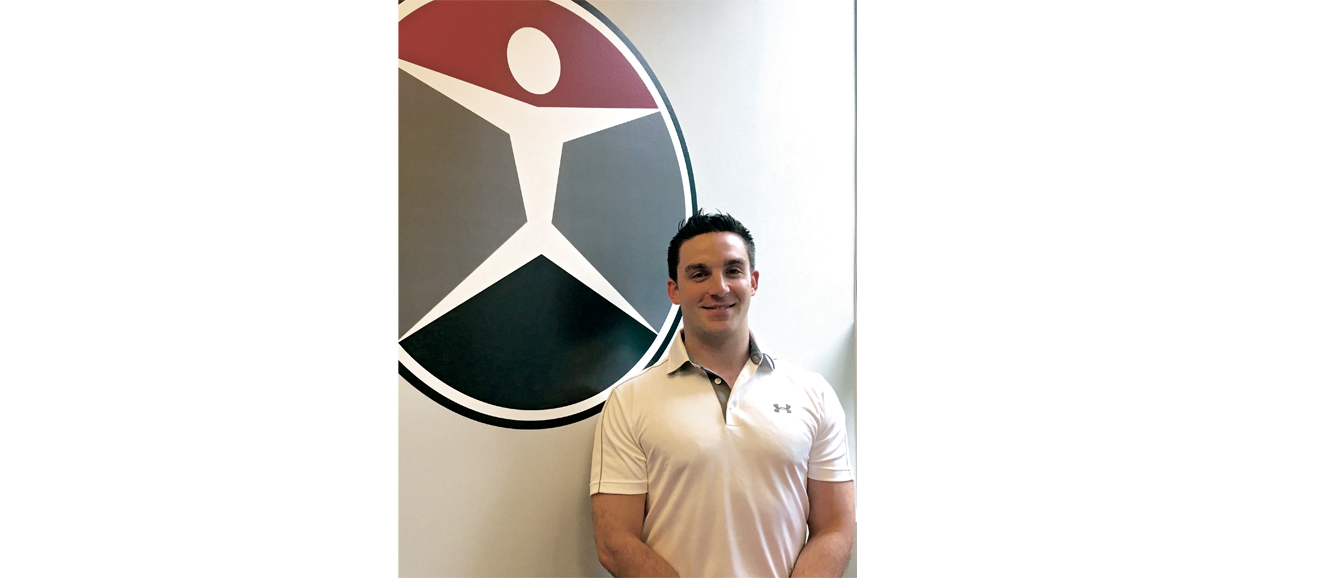Written by John Connolly
Despite names like tennis elbow, swimmer’s shoulder and jumper’s knee, bursitis and tendinitis are conditions that strike average Joes as well as serious athletes.
They’re the most common types of repetitive-motion injuries — caused by running, throwing a baseball and swinging a golf club as well as less glamorous pursuits like doing housework — putting a strain on soft tissues and resulting in pain and inflammation. Repetitive-motion injuries represent more than half of all the athletic-related injuries that send Americans to the doctor each year.
Though they are both inflammatory conditions, (hence the “itis” in their names), tendinitis affects a tendon, a type of soft tissue that primarily connects muscles to bone or its covering (called a sheath). Bursitis affects bursae, which are small, fluid-filled sacs that typically protect bony prominences, muscles and tendons from friction and/or compression.
Tendinitis and bursitis are often caused by the biomechanical dysfunction of the body. For example, someone with a scapular (shoulder blade) dysfunction would be vulnerable to tendinitis of the rotator cuff or bursitis in the bursa of the shoulder joint. Runners with poor biomechanical patterns may be susceptible to tendinitis in the ankle or bursitis in the hip. Some people develop both tendinitis and bursitis at once
The standard advice for treating tendinitis and/or bursitis is rest. You must do two things if you want to get rid of these kinds of injuries. One, stop performing the motion that’s causing the damage to your tissues. And two, give those tissues time to heal. But for many people — pro athletes as well as your garden-variety active types — “rest” can be a four-letter word.
Happily, rest isn’t an all-or-nothing proposition. Someone with bursitis or tendinitis can exercise — if he or she does so correctly. A credentialed exercise professional or physical therapist like myself can often recommend exercises that can help correct the condition.
The best exercises are those that will correct any biomechanical dysfunction without aggravating the condition. Thus, someone with shoulder tendinitis or bursitis should be able to run or bike for a cardiovascular workout but should probably avoid swimming. On the other hand, a runner with Achilles’ tendinitis would benefit from swimming (or biking). To help correct biomechanical problems in a shoulder, hip or other areas, a physical therapist would likely recommend specific exercises to strengthen weak stabilizing muscles in the injured area and to stretch muscle groups that may be tight.
Looking ahead, a physical therapist can offer specific advice regarding getting back to one’s regular routine — without repeating the original injury. Until an individual has eliminated his or her pain and corrected any biomechanical faults, I typically advise against resuming the activity that contributed to the condition in the first place. This gives the body the opportunity to heal. Additionally, adding a “maintenance routine” of small, single-joint exercises that target small stabilizing muscles, performed once or twice a week in conjunction with a patient’s regular workouts, is beneficial. By targeting these areas, we can improve a patient’s biomechanics and ensure that they’re moving correctly during other modes of exercise.

